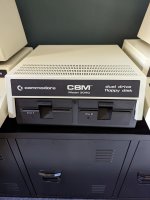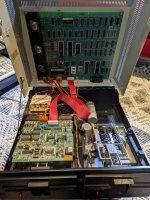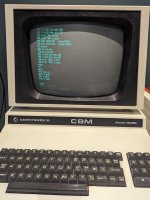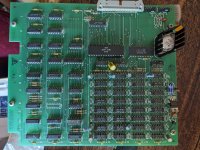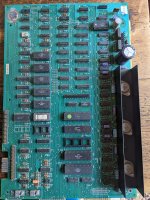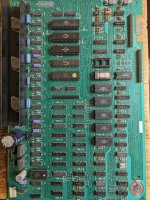automaticbirds
Member
Hi all, so my next project is a 3040 drive see photo. Plugged it into the commadore 3096 at first it had 3 red lights that stayed on, disc did not spin (I have correct IEEE cable). Second time no power to drive at all on switch on. Any advice on where to start? Thanks!

